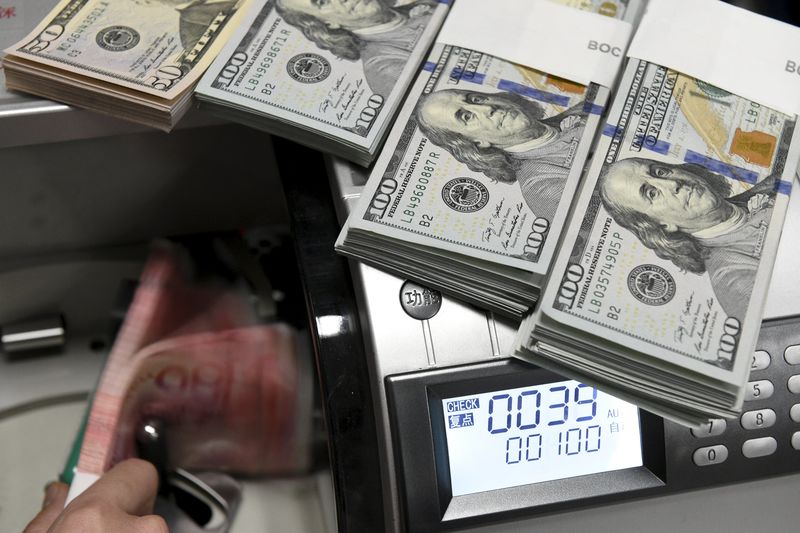Pilgrim Global buys Sable Offshore (SOC) shares worth $14.7m
Investing.com -- Bank of America remains bearish on the U.S. dollar over the medium term but warns that a short-term rebound is increasingly likely.
In a Thursday note, the bank highlighted a combination of technical, macro, and positioning indicators suggesting that the greenback could rally in the summer months, even as long-term fundamentals remain negative.
“We are bearish USD over the medium-term but risk of a summer rally has risen,” BofA strategist Adarsh Sinha said.
They pointed to technical and quantitative signals indicating a potential reversal, the absence of Federal Reserve rate cuts for now, and a slowdown in real money USD selling.
Strategists also noted that the U.S. policy risk premium appears “appropriately priced with the return of more ‘normal’ betas to rate differentials and equities.”
Against this backdrop, the bank maintains a preference for long USD/JPY, while flagging EUR, CAD, and SEK as “alternative candidates for tactical USD longs.”
Moreover, the report assessed whether U.S. policy risk remains a drag on the currency. A recent divergence between the dollar index (DXY) and two-year rate differentials has not widened, while the correlation between the dollar and U.S. equities has normalized, suggesting that policy concerns are less dominant.
Still, BofA expects policy risk to stay elevated. “U.S. trade and fiscal policy risk premia in particular are likely well priced for now,” the bank said, though it warned that developments such as leadership changes at the Fed or tariff escalation, could disrupt markets.
The August 1 tariff deadline remains in focus, especially if measures target the EU or China without global coordination.
“The key upside risk to USD would be tariff escalation against key trading partners (especially the EU and China), without a concerted response from the rest of the world,” strategists said.
“In this scenario, higher U.S. rates would likely outweigh higher U.S. risk premium in terms of USD impact,” they added.
Even as the dollar weakened through the spring, BofA’s analysis shows that positioning in major currencies like the euro may have become crowded.
Meanwhile, underperformance in the yen and sterling was attributed to local fiscal risks. BofA said it prefers to fade this premium in GBP rather than JPY, where Japan’s upcoming Upper House election poses a risk.
